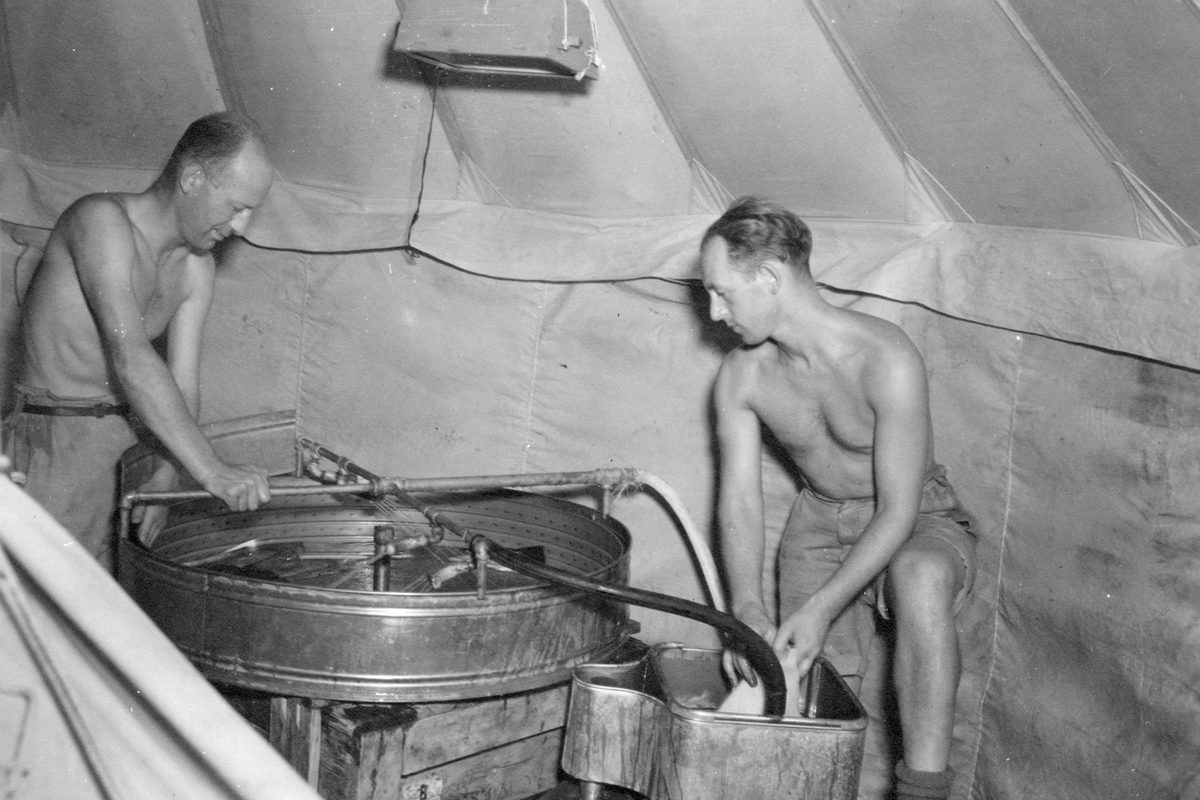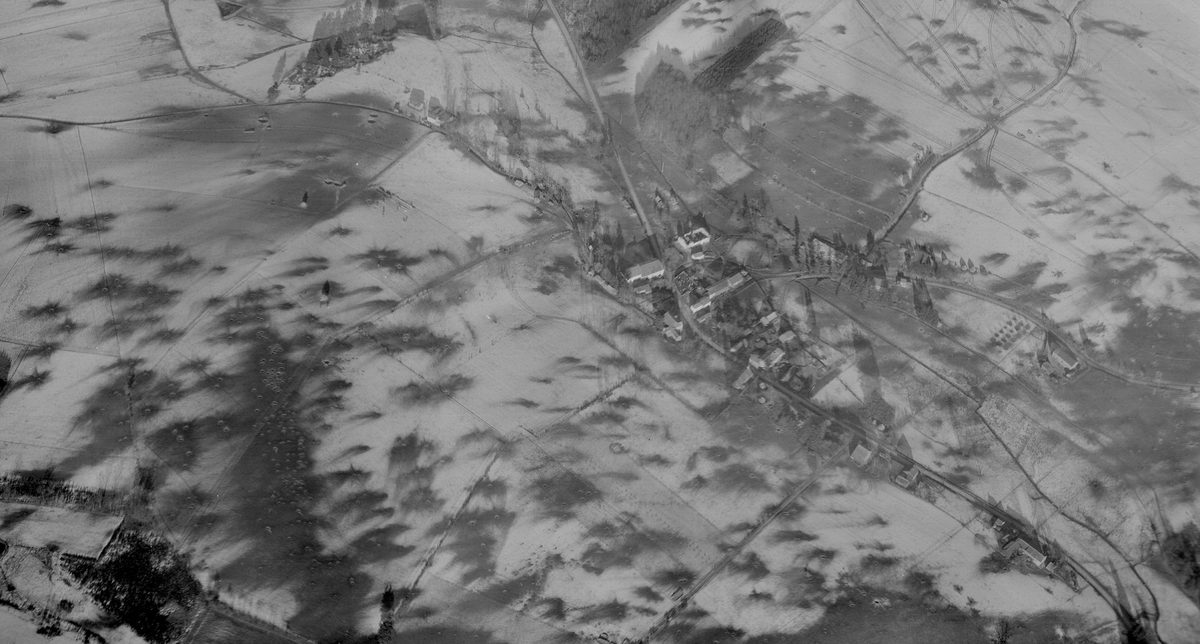Artists at Medmenham: David Baxandall
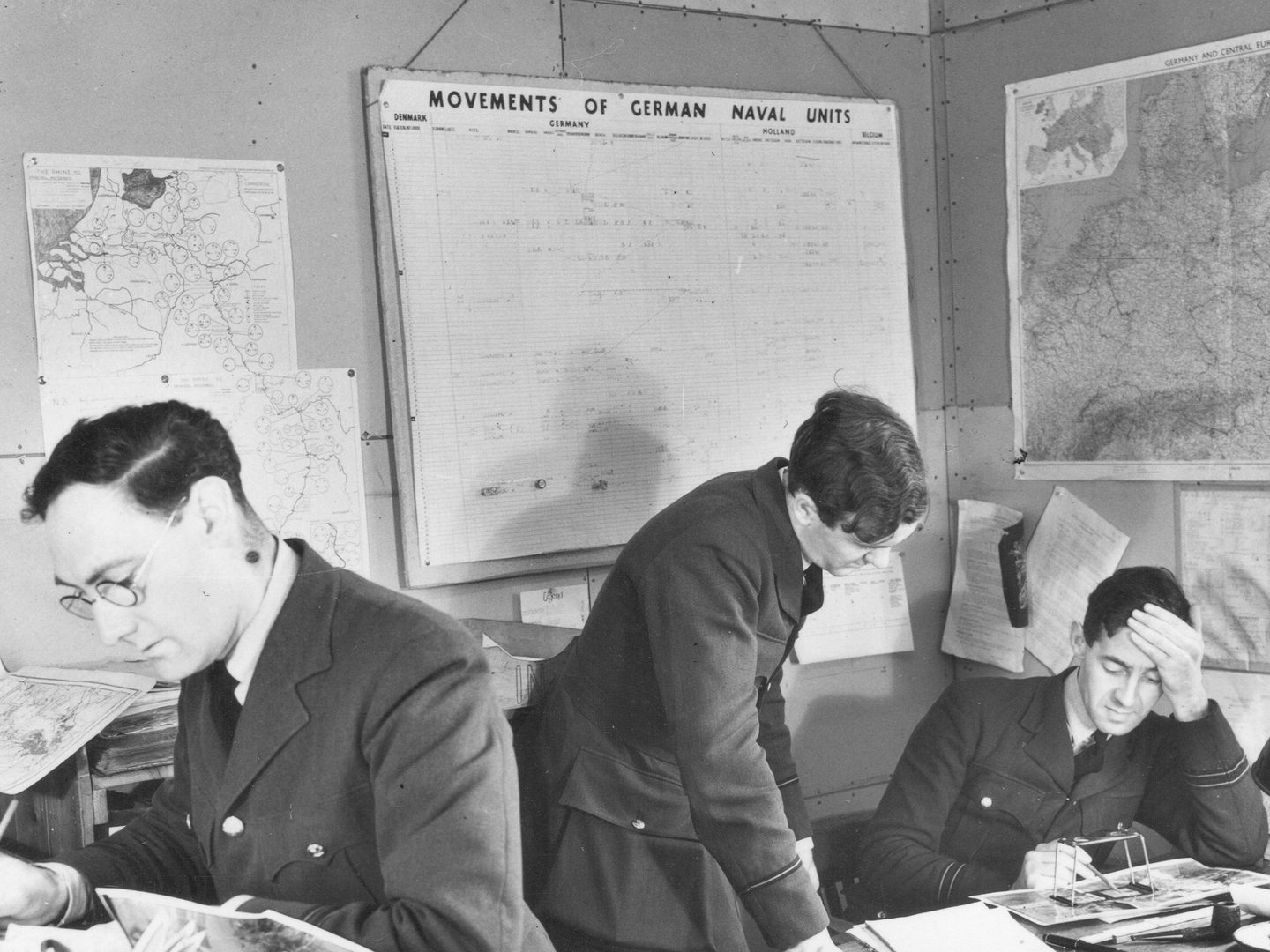
Born in London, David Kighley Baxandall C.B.E. (1905-1992) was not only a staunch supporter of the arts across both England and Scotland, but also held a key role in the war effort during the Second World War, as a Photographic Interpreter (PI) based at RAF Medmenham.
Pre-War and Early Life
After graduating from Kings College London, Baxandall began his career at the National Museum Wales, Cardiff, first as Assistant Keeper, and then Keeper of the Department of Art from 1929 to 1941. He married Isobel Thomas, with whom he had three children, in 1931.
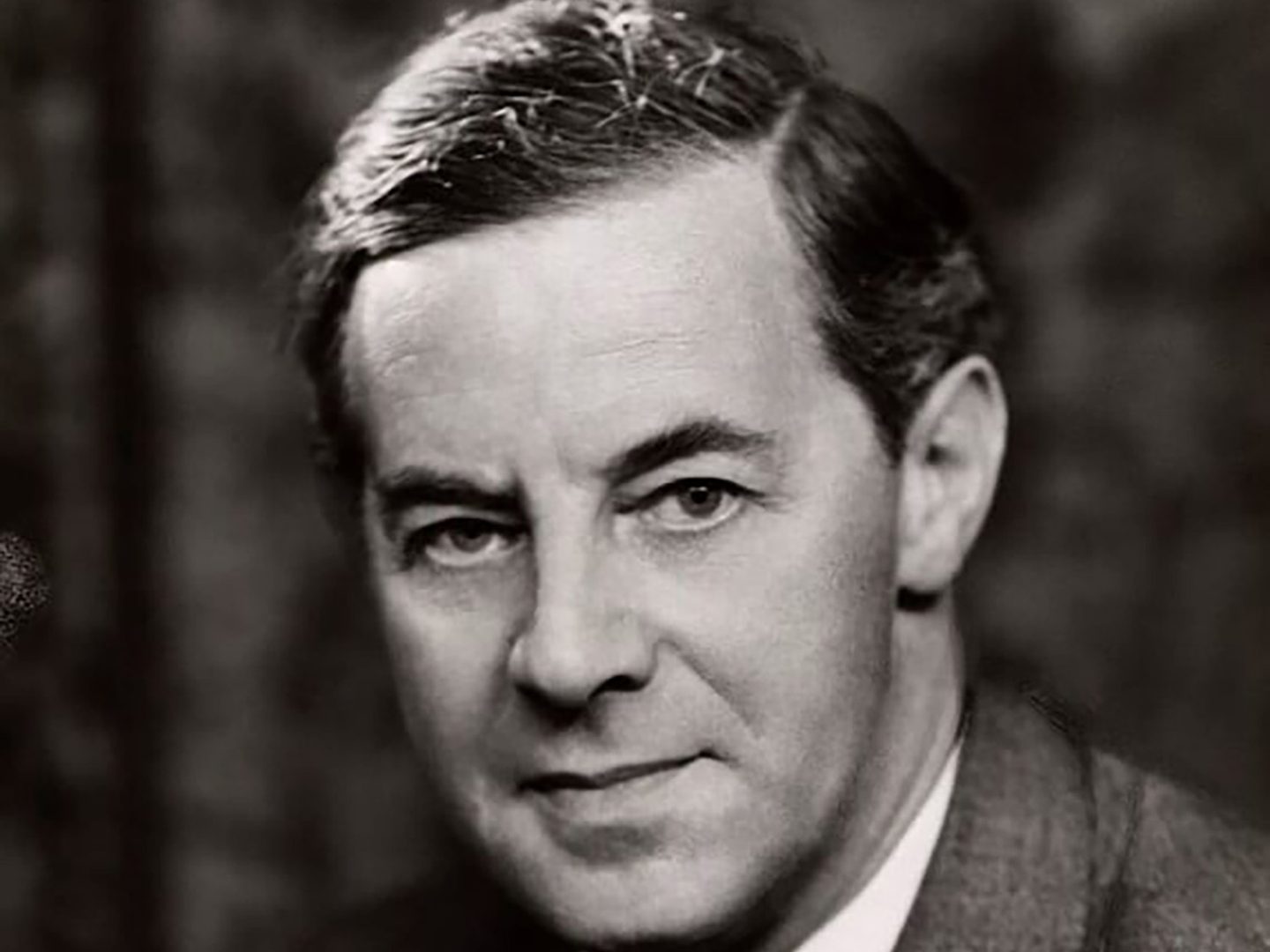
David Kighley Baxandall by Elliott & Fry, bromide print, July 1959 (National Portrait Gallery x86309), licensed under Creative Commons - CC BY-NC-ND 3.0
The Second World War and the RAF
During the Second World War, Baxandall joined the RAF and served as PI at the Allied Central Intelligence Unit (ACIU), RAF Medmenham. Over the course of his service, he rose to the rank of Squadron Leader. As a PI, Baxandall would have assessed aerial photography taken during reconnaissance missions, looking for changes across repeat coverage to better understand enemy movements and assist with Allied offenses. Due to the visual nature of this role, and the importance of keen observation skills, many of Baxandall’s fellow PIs also had connections to the arts.
A playful poem in the style of Geoffrey Chaucer’s Canterbury Tales composed by Baxandall and now held in the Medmenham Collection reflects his work interpreting reconnaissance imagery of shipping. The ‘Prince’ searched for in the poem might well be a reference to the German cruiser Prinz Eugen. The poem provides a window into Baxandall’s character and the creative atmosphere at Medmenham.

A humorous poem on the interpretation of reconnaissance imagery of shipping, written by Baxandall and purporting to be a lost fragment of Chaucer, reproduced courtesy the Medmenham Collection
Post-War: Manchester and Edinburgh
Manchester
Shortly before the end of the war, Baxandall secured a position as Director of Manchester City Art Gallery, which he took up officially in 1945. He championed contemporary works during his tenure, particularly from French and English painters. Highlights from his time as Director included the acquisition of Au Chat Botte by Ben Nicholson, An Island by L.S. Lowry, and Paul Nash’s Nocturnal Landscape, and mounting the survey exhibition ‘British Painting 1925-50: First Anthology’ which featured younger artists of the period.
Edinburgh
He succeeded Ellis K. Waterhouse as director of National Galleries Scotland (NGS) in 1952 and, building on his success in Manchester, set about introducing modern art to the collection. Under his directorship the Scottish National Gallery of Modern Art – the first national gallery exclusively devoted to twentieth-century art in the UK, and the first new National Gallery since the turn of the twentieth century – was opened to the public in 1960. Originally housed at Inverleith House (within the Royal Botanic Gardens of Edinburgh), with space in the enclosed gardens to be used to showcase sculpture, the collection was later moved to its current location in west Edinburgh.
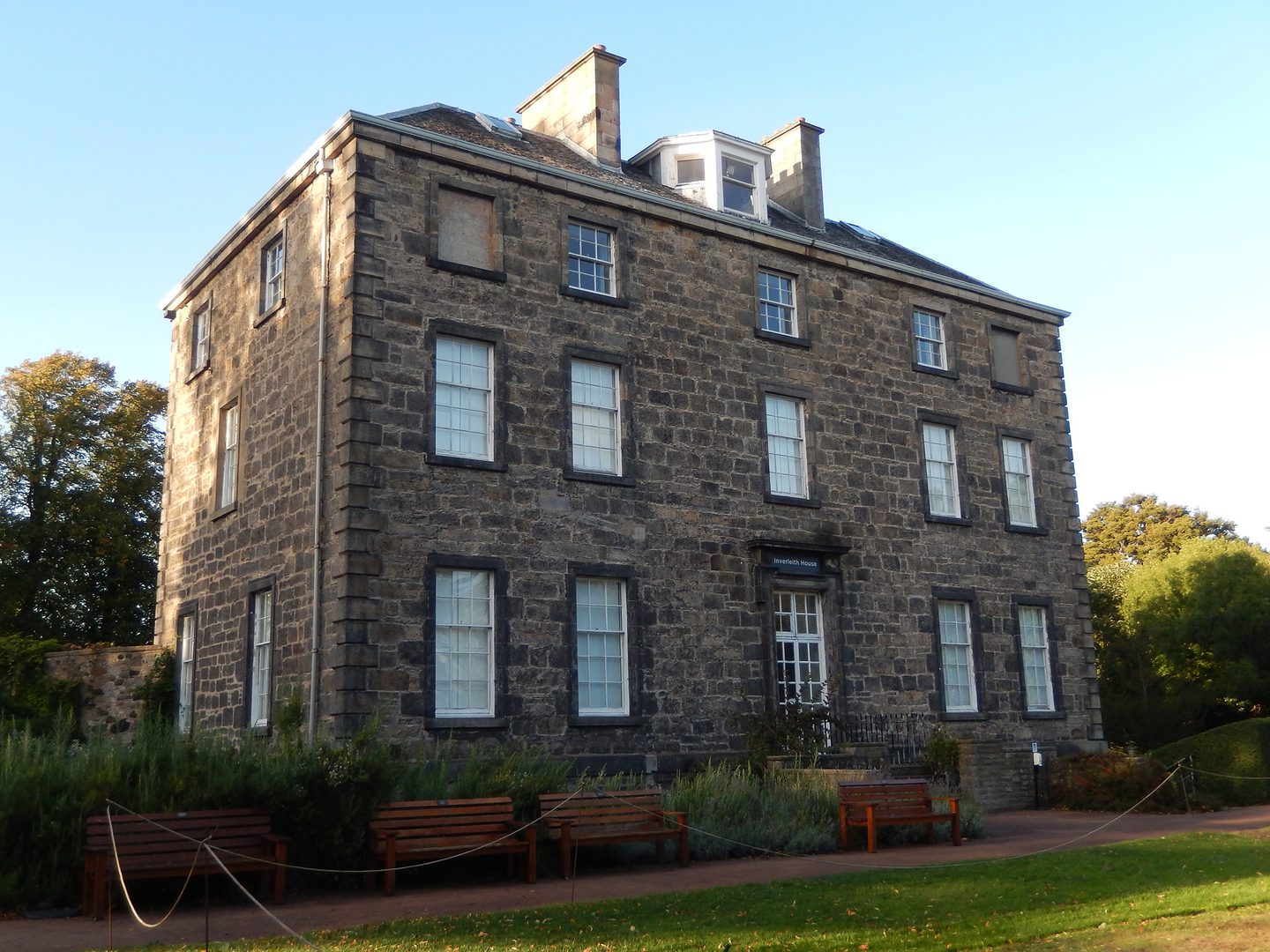
Inverleith House in Edinburgh, first home of the Scottish National Gallery of Modern Art, City of Edinburgh Council, licensed under Creative Commons - CC BY-SA 4.0
Within NGS, he was instrumental in the retention of the Sutherland loan and the Maitland Gift – important acquisitions consisting primarily of Impressionist and Post-Impressionist works – and laid the groundwork for the eventual Elizabeth Watt bequest. He was responsible for the acquisition of, among others, Diego Velázquez’s An Old Woman Cooking Eggs (c.1618).
Alongside many public engagements as Director, Baxandall was one of three jury members for the Edinburgh Open 100 exhibition in 1967 which showcased the work of 100 artists from the United Kingdom and Ireland as part of the Edinburgh International Festival. He also sat on the Scottish Committee of the Arts Council of Great Britain from 1952-1962.
The NGS collection as we know it today is indebted to Baxandall’s collecting preferences and the relationships that he cultivated during his Directorship. The eye for detail that served him so well during his time with the RAF was also a key component of his life in the post-war years, and impacted both Manchester and Edinburgh, as well as a much broader artistic community.
Ravana Eagleheart, NCAP Metadata Assistant

